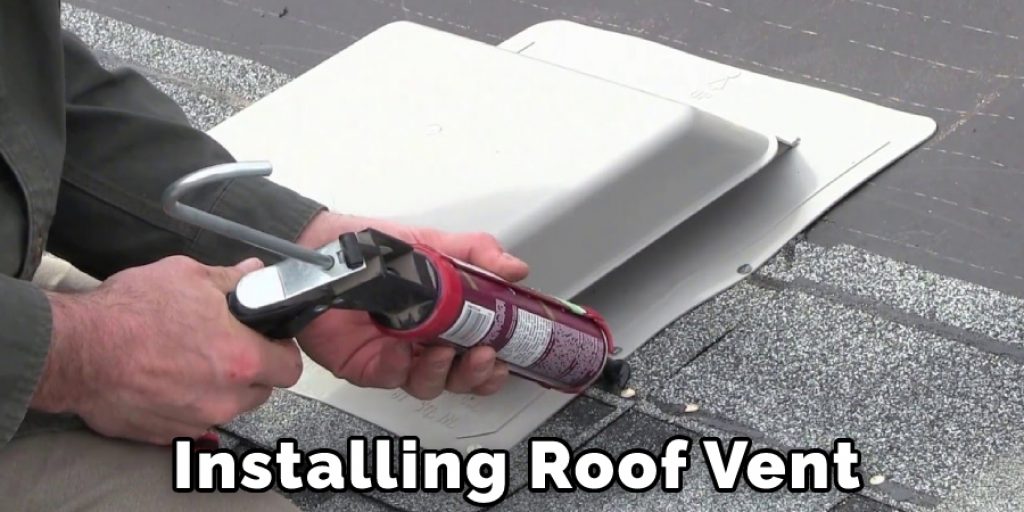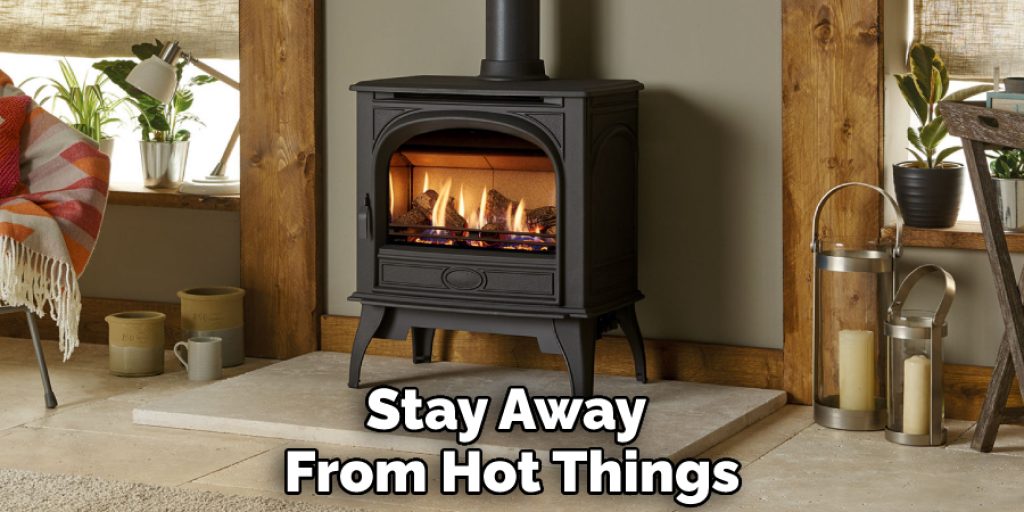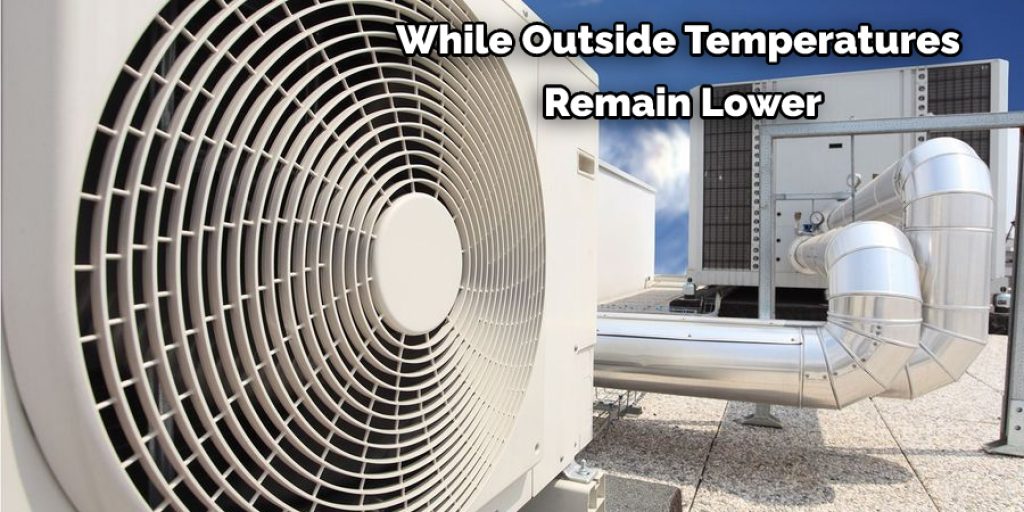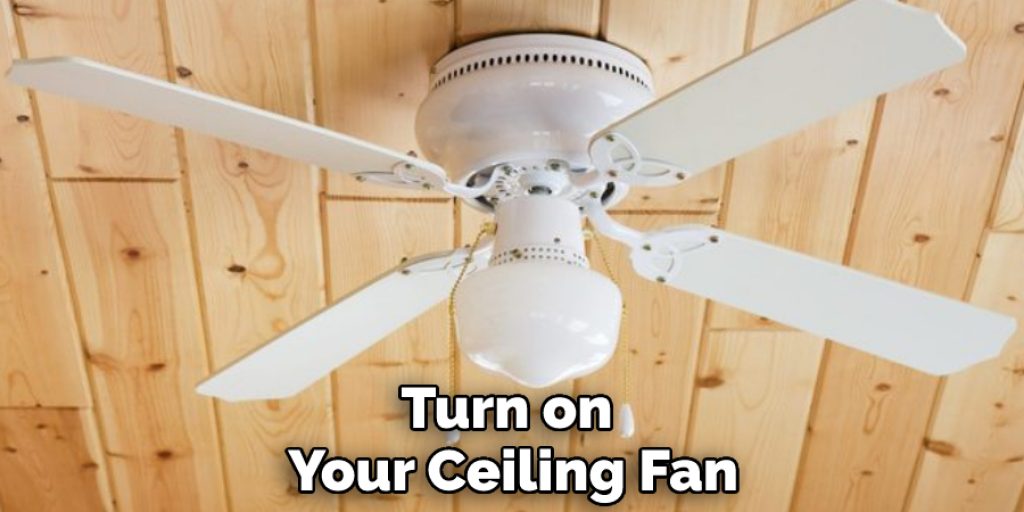How to Ventilate a Room With One Window
Introduction:
Room ventilation is the process of providing adequate fresh air to all occupants in an indoor space while at the same time promoting energy efficiency. Fresh air is essential for relieving stale or contaminated air and preventing poor indoor air quality (IAQ) and respiratory health issues. The effectiveness of room ventilation depends on many factors, including the size and type of room; the number of occupants; infiltration through openings in the envelope (such as doors);

percentage of openable windows; clean outdoor makeup air resulting from stack effect or mechanical exhaust systems; nearby heating/cooling equipment or fireplaces that vent combustion products into occupied spaces; smoking by occupants; operational status of HVAC equipment such as fans, dampers, filters, coils, air conditioner and pump the list goes. Today I am going to discuss how to ventilate a room with one window.
Step-wise Guide on How to Ventilate a Room With One Window
Use a Box Fan or a Pedestal Fan:
One can rely on the box fans and pedestal fans in case of a power outage and no access to an AC or heater. These are useful devices that come with blades that help keep you cool if there is only one window open in the room.
Box Fans:
This is the kind of window fan that sits right in front of your windows opening without blocking any light from coming in through them. Its flat design makes it possible for it to fit into any sized window frame, and when used properly, they provide more air than just opening the single open window would have provided you.
Pedestal Fans:
A pedestal fan is designed to be placed on top of a table or desk and draws air into itself using its blades and then pushes it back out. This fan can be handy if kids are sleeping in the room since you don’t have to worry about a window is open at all times.

Use a Window Fan:
Use a window fan when you need air circulation in a room with one window and no supplemental air sources. Window fans do exactly what their name suggests. Place a box-style or twin-blade fan in the window opening to pull cool outside air into your home. The fan should be aimed toward the middle of the room and not at furniture or drapes. This will prevent “sucking” cool, dry air out of the bottom half of your house and depriving the upper floors of this needed air source.
Keep the Door Open:
If you have an interior door in the room with one window, leave it open. This will increase air circulation and allow any heated or cooled air pulled into the room to “flow” vertically through each level of your home instead of remaining localized near the floor.
Ventilate Through Windows:
When the weather is warm, use the window fan to pull cool outside air into a room with one window. When you need more than a slight temperature or climate change within the room, open windows on opposite sides of the house and aim an oscillating box fan or twin-blade model in each direction. This allows conditioned air from your ceiling registers to flow horizontally through every level of your home instead of remaining localized near the floor. In addition, the vertical movement caused by opening exterior doors helps circulate cooled or heated air vertically through each level as well.
Use a Whole House Fan:
If you have a whole house fan installed in your home, use this fan as another way to pull cool outside air into the room with one window. You must make sure that there is an unobstructed path between the outside and the indoor unit of the fan if you’ve taken every other method listed here into consideration and still find that you need more circulation within the room, open windows throughout the rest of your home. Use box fans or twin-blade models on opposite sides of your house to pull conditioned air horizontally through each level while allowing exterior doors to push cooled or heated air vertically through each level as well.
Use a Roof Vent:
If you don’t have a fan rated for outdoor use, leave windows open throughout the house and install a metal roof vent. This will allow air to circulate through the room with one window since any heated or cooled air pulled in through this opening will be exhausted outside via the roof vent.

Install an Exhaust Fan:
Installing an exhaust fan in the room with one window is your last resort when creating air circulation throughout the entire home. However, if you have no other way to facilitate airflow from this location, install an exhaust fan and aim it toward the middle of your home. It will push hot or cooled air out of the house through any open windows (make sure you also leave interior doors open).
Use a Ceiling Fan:
Ceiling fans are another great way to circulate air throughout your home, especially if you live in a single-story house. If you have a “master” bedroom with one window and no other means to facilitate ventilation, place a fan directed toward the middle of the room on the ceiling directly above your bed. This will push cool or warm air vertically through each level of your home instead of remaining localized near the floor, where it could cause problems. Use box fans or twin-blade models as another way to bring hot or cooled air horizontally through each level while allowing exterior doors to push this conditioned air into upper levels via vertical movement creating positive pressure within your home (this also helps eliminate energy loss through windows).
Precautions While Learning How to Ventilate a Room With One Window
- Open the window as wide as possible and keep the door of the room closed;
- Do not have extra furniture in the room;
- Keep a bucket or basin full of water handy in case an excessive amount of dust is raised from the carpet, furniture, or other belongings inside your house;
- Remove all inflammable items like curtains, bedspreads, clothes, etc.;
- A powerful exhaust fan should be placed at one corner of your home to suck out all smoke produced by burning candles, incense sticks, etc.;
- Stay away from hot things like kerosene stoves, gas stoves, etc. during ventilation; and alwasy keep the air conditioner off.

How to Improve Chimney Draft?
If your chimney is not drawing properly, it will decrease the efficiency of your wood stove or fireplace. There could be many possible reasons for this. Perhaps an animal has built a nest in the flue, and you need to do some detective work to find it; sometimes, birds will use flues as nesting spots in the spring. Or maybe you have clay soil around the foundation that does not draw well and needs to be excavated or refaced with a concrete block. A leaky roof can also cause problems with venting, so perhaps you need better flashing on your roof joints or a new gable vent rather than a round one. Finally, you might need a stovepipe damper to close the flue when you are not using your wood stove, or you may need to lubricate your chimney.
How to Run a Whole House Fan?
Throughout the country, homeowners are facing soaring temperatures on the inside of their homes while outside temperatures remain lower. However, if you do not have air conditioning or your central AC is not enough to cool down your house, there is still one cheap and easy solution to cool down your house that will save hundreds of dollars this summer—cooling fans. They come in many different sizes, but they all basically do the same thing: they cool down rooms quickly by blowing hot air out and bringing in cooler air from outside. So if you want to know how to run a whole house fan properly, follow these simple steps.
For a small room – first of all, you need to know that there are different types of whole house fans. If you want to cool down a room and the air movement is directed only in one direction, i.e., one window, choose a ‘Box Fan’. These fans come in cheap models and more expensive ones with remote control, but they all serve the same function – they are easy for installation and use and will help you move hot air out of your home quickly. Also, many of them have adjustable features, including oscillation or tilt the fan, so it pushes air up or down and outwardly.

If you want to ventilate large spaces properly, if you don’t have a lot of money to spend on an AC unit and need a whole house fan that will cool down the entire home quickly, you must choose an ‘ Industrial Fan ‘. You may also want to consider installing additional vents for proper ventilation. Installing more than one window or wall vent is not only energy-efficient, but it is also cost-effective because you will not be using as much electricity as you would with air conditioning.
You can install a remote control device – the good news about modern fans is they have remotes and accessories, including timers. However, in running them at optimal performance, it’s best if there are no obstacles in front of the vents (trim away any foliage) and enough space between your walls and ceilings so hot air has a place to escape from your rooms.
How to Create a Cross – Ventilation in Your Room Through Windows?
The most efficient and cost-effective way to ventilate a room is to use cross ventilation. To do this, open the vents on opposite sides of your room. For example, if there are no windows in one wall (as in the common case), purchase an inexpensive external box fan and place it at one end of your home or office – preferably high up – and open the window at the opposite side your home or office.
If you live in a two-story house, try opening a window upstairs if possible – or downstairs if upstairs is not possible. This will draw air from outside into that floor of your home, which then ‘bubbles’ up through that level by convection currents (hot air rises) towards the ceiling, where the fan will draw it out. This air movement will then push new air down into your living area from outside, creating a cross breeze. If you are using a box fan instead of opening windows, place the fan perpendicularly through the window for maximum effect. Then, turn on your ceiling fans to facilitate an even faster flow of air throughout your home or office.

How to Use Bathroom and Kitchen Fans for Natural Ventilation?
The one window in a bathroom or kitchen can be used to ventilate the room using an exhaust fan or an intake fan. By installing a bath fan, the airflow is controlled with a wall switch, and so it is easier to control from outside the bathroom. If there are appliances such as stoves or ovens that produce cooking fumes in kitchens, it would normally be better to install kitchen fans with both intake and exhaust fans. This way, you will also get a positive pressure system inside the kitchen, helping keep odors where they belong – out of your face!
Bathroom vents only take cool air from inside the room and expel warm moist air into the roof space. An alternative solution for natural ventilation of bathrooms only is to install an insulating curtain or door, which ensures the room stays cool enough during winter and summer without having to use fans. This way, you will save on energy bills by not using electricity to cool and heat the bathroom and reduce heat loss into the roof space leading to a warmer house. This can also help in cross-ventilation.
For kitchens, it is better to have both intake and exhaust fans. You need an exhaust set up so that any cooking fumes, odors, and steam are taken out of your living/sleeping area (especially if you have someone in your family who has respiratory problems). If you don’t have an exhaust fan, make sure that all stove burners exhale air through the chimney instead of directly into your kitchen! Mechanical ventilation is avoided in this case.

Conclusion
Ventilating a room with only one window can be challenging. This blog post has provided you with multiple methods to help you ventilate your space using just a single window in your home or office. You will get an overall idea about circulation of air including central air conditioning. We recommend that you take some time and go through each of these methods so that you can pick what works best for the size and shape of your own personal living space. Hopefully, by now, you have a clear conception of how to ventilate a room with one window. Thank you and have a nice day!




